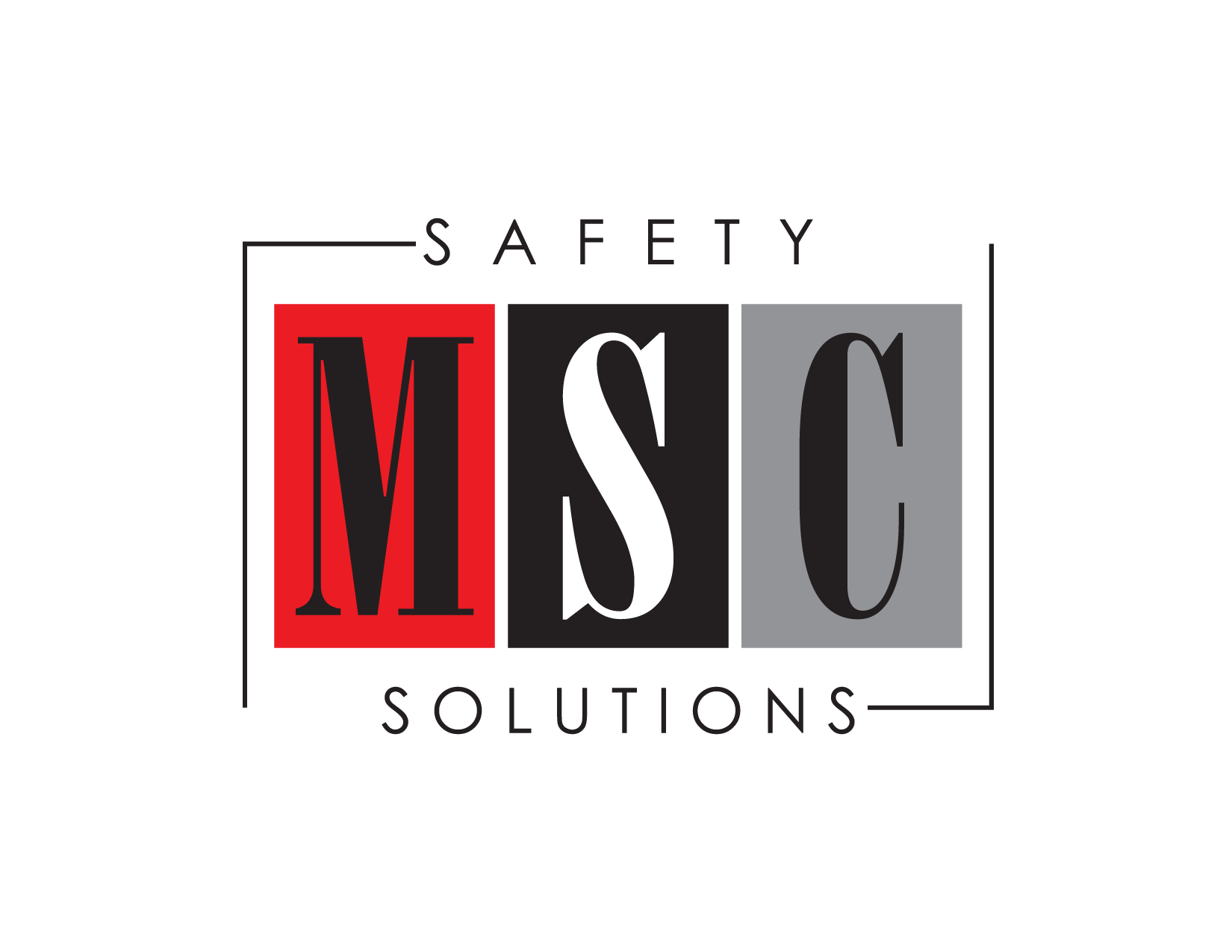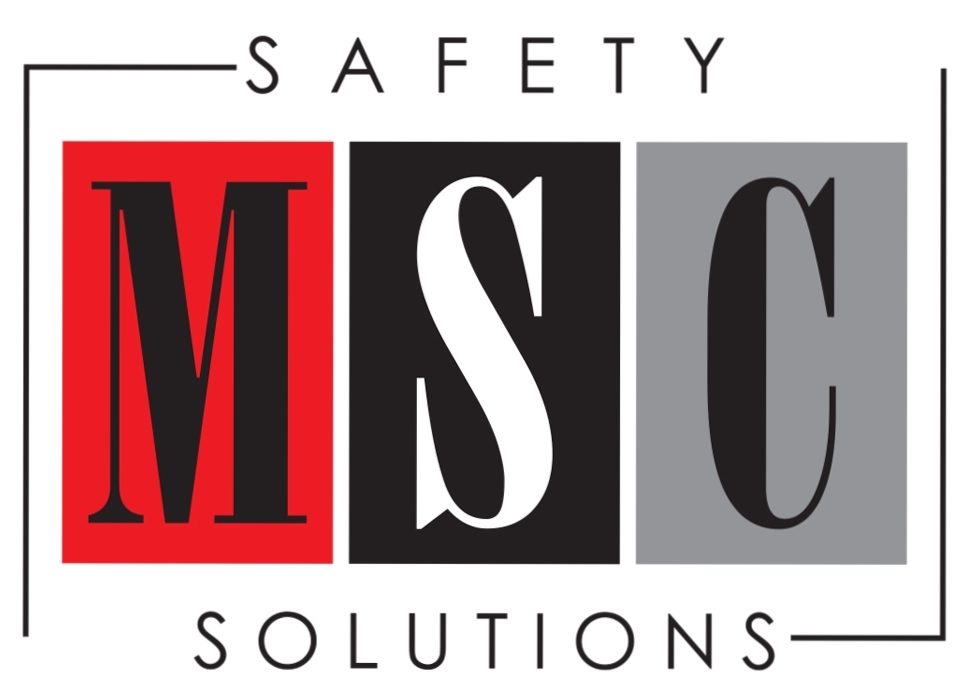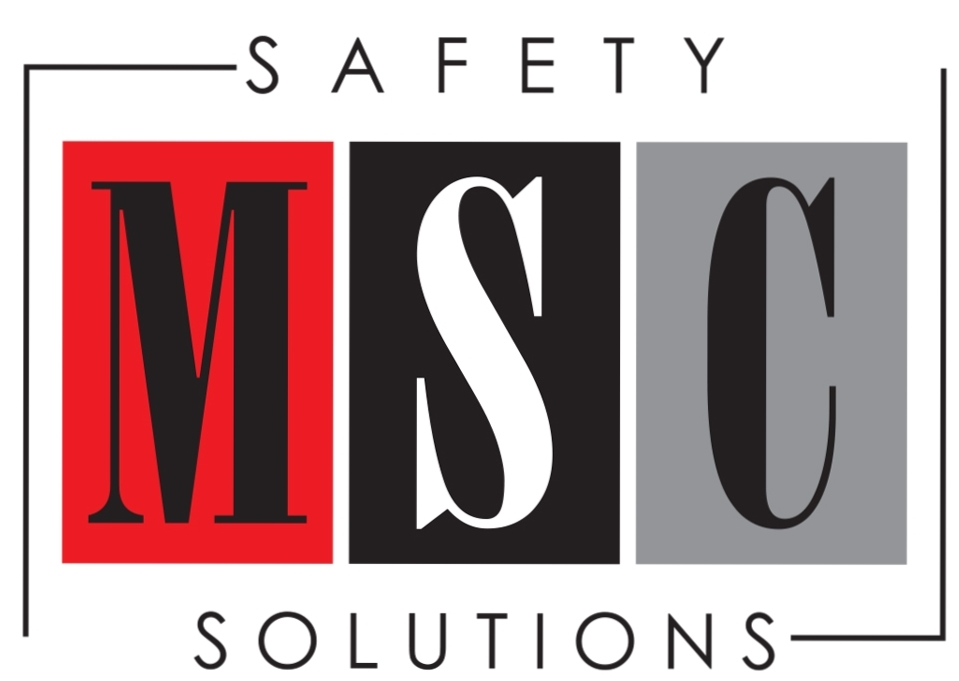Information
-
Document No.
-
Audit Title
-
Client / Site
-
Conducted on
-
Prepared by
-
Location
-
Personnel
Administration and Project Controls
-
1) New hire and/or site orientation given prior to work assignment
-
2) Toolbox meeting held by each supervisor. Review documentation & sample ee's.
-
3) Copy of Safety Policy and Steel Erection Plan available on site 1926.752(e)
-
4) Right to Know training conducted and SDS's on site
-
5) Safety Pretask planning (SPTP) & Task Haz Analysis developed and reviewed with employees
-
6) All required Federal & State posters and notices are posted at jobsite (
-
7) Subcontractors are monitored for safety compliance
-
8) Writen notice to begin steel erection received? 1926.752(a)
-
9) Documentation of concrete footing obtaining 75% of the intended minimum compression design strength obtained? 1926.752(a)(1)<br>
-
10) Engineer approved method of anchor bolt repairs? 1926.752(a)(2)
-
Other?
Hoisting and Rigging Equipment
-
1) All hoisting and rigging equipment in good condition
-
2) All hoisting and rigging equipment inspected prior to use?
-
3) Proper rigging techniques used
-
4) Rigging properly stored, (out of the weather/dirt/mud)
-
5) Multiple lift rigging fabricated and rated by rigging manufacturer
-
6) Multiple lift rigging members rigged at least 7' apart? 1926.753(e)(4)(iii)
-
7) Softeners used as required
-
Other?
Confined Space Entry
-
1) Confined Spaces clearly identified with signs
-
2) Employees properly trained in confined space work
-
3) Proper atmospheric testing done prior to entry and as needed throughout occupancy
-
4) Effective communication established between workers
-
5) Proper lighting available to workers
-
6) Buddy system implemented
-
7) Rescue equipment available as needed
-
8) Toxic or dangerous gases not taken into confined spaces
-
9) Permits used as needed, completed at beginning of each shift and kept on file
-
Other?
Cranes/Signalpersons
-
1) Daily and Annual Inspection is done as required
-
2) Operator has certifications for crane being operated
-
3) Cribbing is in good condition and being used properly
-
4) Qualified Riggers/ Signalpersons
-
5) Hand signals posted and communication established with operator and ground personnel
-
6) Swing radius properly barricaded
-
7) Established crane communication plan
-
Other?
Electrical: General Hazards
-
1) Welding lead in good condition?
-
2) No repairs within 10' of the stinger?
-
3) Assured Grounding Program or GFCI's used at jobsite
-
4) Wiring performed only by qualified personnel
-
5) Electrical hazards posted
-
Other?
Excavations
-
1) Competent person at jobsite
-
2) Proper access and egress provided every 25-ft. (ladders, ramps, stairs)
-
3) Soils properly classified
-
4) Underground utilities have been properly located
-
5) Daily documented inspections conducted/tab data available for trench boxes/shoring
-
6) Excavations properly sloped, shored or employees protected by a rated trench box
-
7) Spoil piles and materials stored at least 2' from top of excavation
-
Other?
Fall Protection
-
1) Documented fall protection training has been conducted for all employees working at height?
-
2) Fall protection equipment used according to manufacture recommendations?
-
3) Lanyards/shock absorbing, are adequately secured to suitable anchorage
-
4) Horizontal Life Lines installed properly and capable of supporting 5000 lbs. or twice the intended load as designed by a qualified person?
-
5) Fall protection equipment is used only for fall protection
-
6) Fall protection equipment/systems maintained and have current inspection
-
7) 100% tie off policy being used
-
8) Floor and wall openings properly guarded and identified
-
9) Anchor points / Horizontal life lines provide adequate access at all working elevations
-
10) Is fall protection system adequate to prevent employees from contacting next lower level? (1926.502(d)(16)(iii)<br>
-
11) Has a fall protection rescue plan been established for project?(1926.502(d)(20)
-
12) Over head work/ falling object hazards identified and mitigated as needed?
-
Other?
Decking - Studs
-
1) Metal decking is secured against displacement? 1926.754(e)(1)(v)
-
2) Decking bundles are not further than 1' to carrier line.1926.757(e)(5)
-
3) Decking bundle spans 3 bearing points? 196.757(e)(4)(ii)
-
4) Decking bundles do not exceed 4000# when loaded on joists? 1926.757(e)(4)(v)
Joist
-
2) 1 Run of horizontal bridging installed prior to placing loads on floor. 1926.757(e)(4)(iv)
-
3) No load exceeding 1000# landed on unbridged bar joist? 1926.757(e)(3)
-
4) Bundles of bar joists secured against accidental displacement? 1926.757(a)(6)
-
5) Erection bridging installed per design?
Fire Protection
-
1) Flammables stored properly
-
2) Containers labeled as to content
-
3) Fire extinguishers properly located within 35' of hotwork and inspected
-
4) Flash arrestors installed
-
5) Regulator gauges properly attached and maintained
-
Compressed gas cylinders stored upright with rope or chain?
-
Oxygen bottles separated from flammables by at least 20' or by one 1/2 hour fire wall?
-
Other?
First Aid/Medical Facilities
-
1) Facility or personnel within 5 minutes or qualified job site personnel identified (Personnel onsite with current CPR-First Aid/AED training)
-
2) First Aid supplies available
-
3)Emergency numbers and facilities identified and posted?
-
Other?
Housekeeping
-
1) Project work areas are clean and free of excess trash, debris
-
2) Walkways and passageways clear
-
3) Material or equipment properly stored
-
4) Scrap material free of protruding nails or other puncture hazards
-
5) Trash receptacles are provided, drinking water w/ cups and bathrooms provided
-
6) Barricades, and/or rebar caps installed and maintained
-
7) Laydown Area clean and organized
-
Other?
Ladders
-
1) Stairs or ladders in use for elevations changes as required
-
2) Regularly inspected and in good condition
-
3) Metal ladders not used around electricity
-
4) Ladders properly secured, properly angled (4:1) and extend 36" above working surface
-
5) Step ladders fully opened and locked
-
Other?
Manlifts/Aerial lifts
-
1) Manlifts/Aerial lifts inspected prior to use
-
2) Employees trained in proper use
-
3) Fall protection used as required
-
4) Lifts & baskets kept at least 10' from power lines, plus .4" for each 1kv over 50,000 volts
-
5) Platforms are cleaned out and unnecessary items removed
-
6) Lift is being used within it's capacity
-
7) Employees are standing flat on platform (feet and legs are inside the basket
-
8) Lift is on a solid surface, to prevent tip over
-
Other?
Personal Protective Equipment
-
1) Hard hats worn and maintained as required
-
2) Hearing protection worn as required
-
3) Eye protection when required, worn in a proper manner
-
4) Proper foot protection worn for job performed
-
5) Face shield or goggles worn as required for grinding, welding, etc.
-
6) Respiratory protection hazards evaluated and addressed
-
7) Employees wearing proper hand protection when needed, i.e. gloves
-
8) Safety vest worn when exposed to traffic or where required
-
9) SLEEVES ON SHIRT - COVER SHOULDERS
-
Other?
Scaffolds
-
1) Erected under direction of a Competent Person
-
2) Built on a secure base
-
3) Structural members are sound and properly secured
-
4) Planking of adequate grade and properly secured against movement
-
5) Proper planking overhang of 6" minimum and 12" maximum observed
-
6) Adequate top & mid railing installed to withstand 200 lbs.; toe boards installed as needed
-
7) Scaffold properly tagged to indicate compliance after inspected by competent person
-
Other?
Tools and Equipment
-
1) Electrical cords in good condition
-
2) Tools are maintained in a safe condition
-
3) Tools are properly carried and stored
-
4) Pneumatic / hydraulic hose connections properly secured
-
5) Proper tools are used for the job performed
-
Other?
Traffic Control
-
1) Proper set-up & clean (signs, buffer, tapers etc.) (MHT or TCP available)
-
2) Traffic control personnel using proper signaling and equipment
-
3) Traffic control personnel have received proper training
-
Other?
Lifting Techniques and Body Positioning
-
1) PROPER LIFTING TECHNIQUES USED
-
2) PROPER BALANCE
-
3) WORKING WITHIN LIFTING CAPACITY - 50LBS
-
4) LIFTING WITH LEGS
-
5) OVER EXTENSION OF ARMS OR LEGS MINIMIZED
-
6) PINCH POINTS IDENTIFIED / EXPOSURE MINIMIZED
-
Other?
Vehicles / Mobile Equipment
-
1) Daily walk arounds conducted on all equipment
-
2) Seat belts provided and used
-
3) Lights, brakes, horns, back-up alarms, etc. appear to be functioning
-
4) Pickups, trucks, suvs are cleaned inside and out on a regular basis
-
5) Forklift operators have documentation of passing forklift training
-
6) Employees use 3-point contact when entering and exiting equipment
-
7) Licenses or certifications as required
-
Other?
-
Add signature








